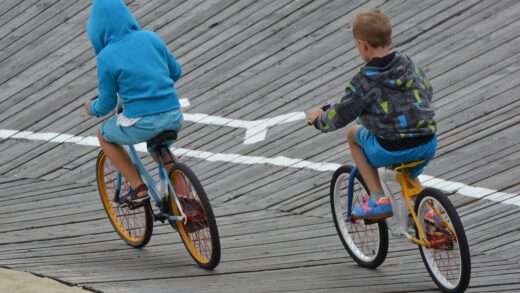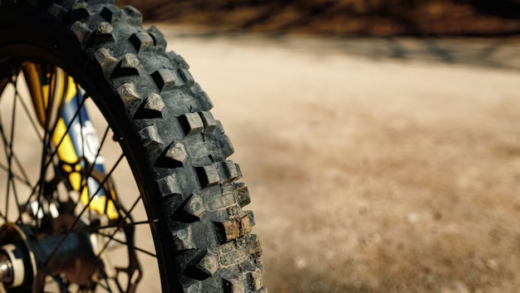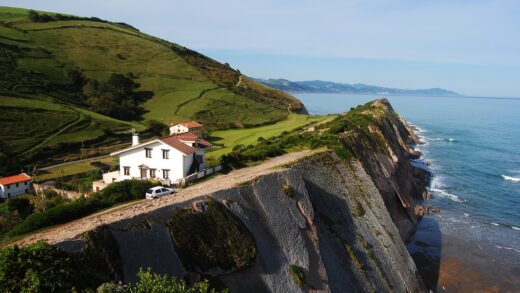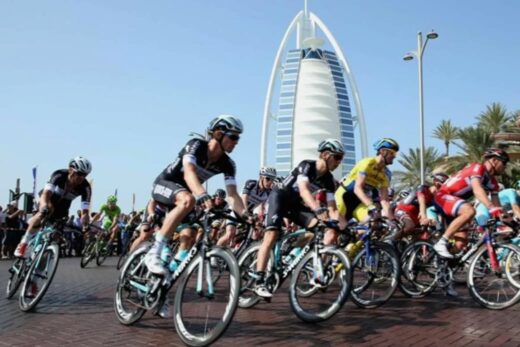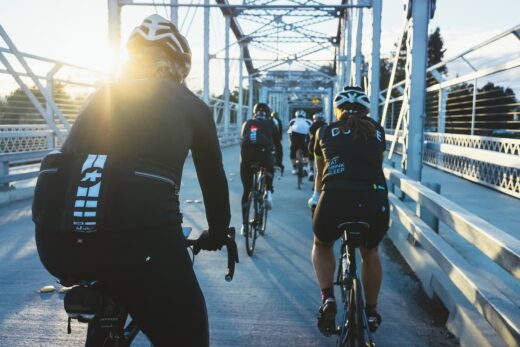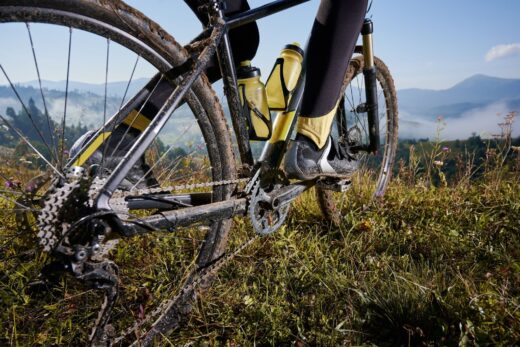The name of the Tour de France bicycle races has been on everyone’s lips for years, most likely the most famous bicycle races in the world. It is hard to imagine that once these competitions originated just as an advertising project. Today, the race “Great Loop” (unofficial name) is as much a symbol of France as a baguette or the Eiffel Tower. Adds interest and the fact that the race takes place on really very picturesque places, so that parallel sightseeing is guaranteed. And most importantly, visiting the Tour de France is a great opportunity to understand why all the riders have different colored shirts, and what is the difference between the “Yellow” shirt and, for example, “Green” or even “Pea” (there is such in the world of cycling).
“The Tour de France came about thanks to one of the co-founders and editors of the newspaper L’Auto (an ancestor of the current L’Équipe), Henri Degrnage. The race was intended as an advertising project and was supposed to compete with the races Bordeaux-Paris and Paris-Brest-Paris (Breton, of course, not Belarusian), which were popular at the time. It happened at the very beginning of the 20th century, namely in 1902. The idea was suggested by a journalist of the same newspaper named Geo Lefebvre. Journalists were not deceived by their premonitions – the race became very popular, which was quite naturally reflected in the popularity of the newspaper. Circulation grew exponentially, with record sales of the periodical being recorded during the 1933 Tour de France. At that time 854 copies of L’Auto were sold in a single day.
The race is held annually, usually in July and lasts about three weeks. In the history of the event, the race has only been canceled during the World Wars.
A certain connection between the press and the races has been maintained to this day. “The Tour de France is run by the Amaury Sport Organisation (ASO), which includes the sports publication L’Équipe, which used to be called L’Auto.
The race is held annually, usually in July and lasts about three weeks. In the history of the competition, the race has only been cancelled during the World Wars.
In 2013, the race was held in late June and early July and covered almost all regions of France. In 2014, the start of the race was in Leeds, England, and ended on July 27 on the Champs-Elysées.
